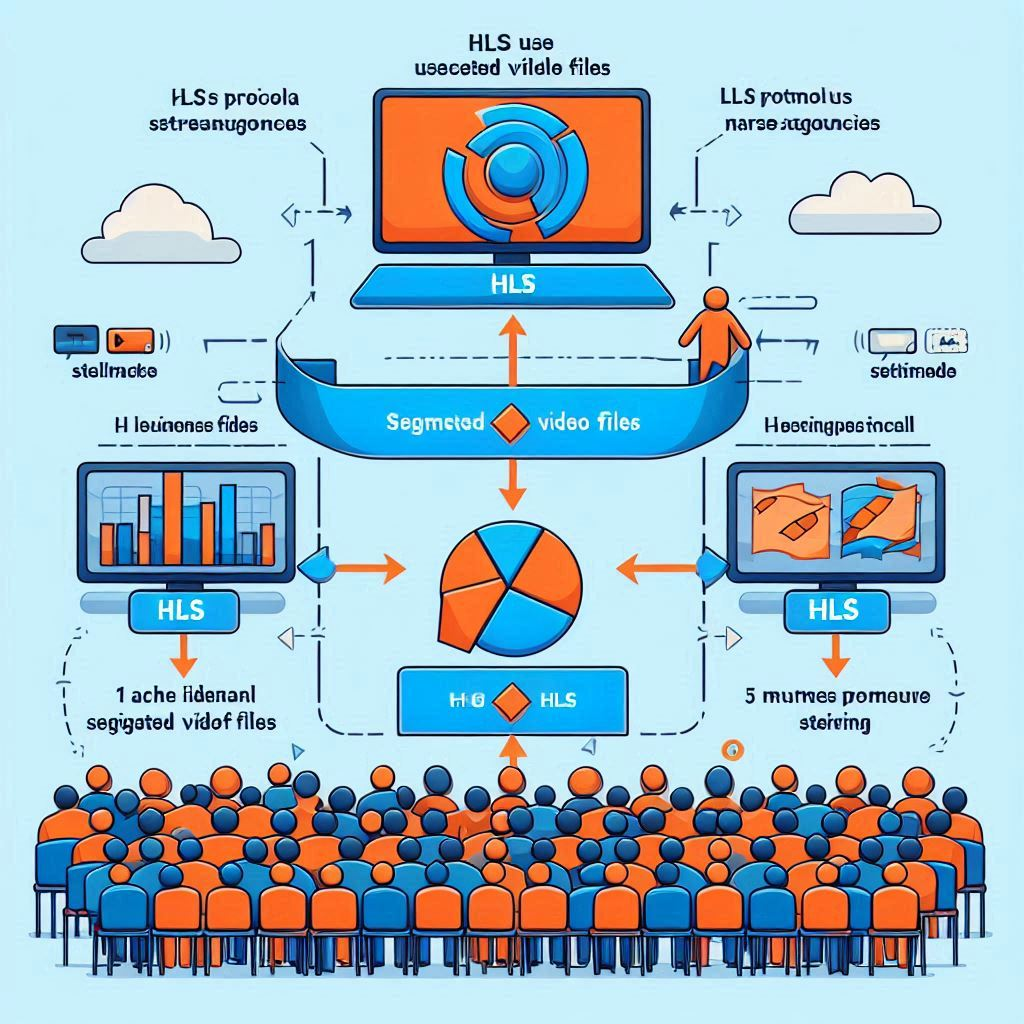HLS and MPEG-DASH: Industry Standards for Streaming

Multimediacart Package supports the industry standard HLS and MPEG-DASH streamigng protocols.
HLS and MPEG-DASH: Industry Standards for Streaming
HLS (HTTP Live Streaming) and MPEG-DASH (Dynamic Adaptive Streaming over HTTP) are two of the most widely used protocols for streaming video and audio over the internet. Both have become industry standards due to their reliability, adaptability, and support for high-quality video.
HLS (HTTP Live Streaming)
Developed by Apple, HLS is a protocol designed to stream media over the internet using standard HTTP servers1.
It breaks the stream into small HTTP-based file downloads, each representing a short chunk of the overall stream2.
Adaptive Bitrate Streaming: HLS adjusts the video quality in real-time based on the viewer’s internet connection speed. This ensures that viewers receive the best possible quality without buffering3.
4K and 8K Support: HLS supports high-resolution video, including 4K and 8K, making it suitable for modern high-definition streaming needs45.
MPEG-DASH (Dynamic Adaptive Streaming over HTTP)
Developed by the Moving Picture Experts Group (MPEG), MPEG-DASH is an international standard for streaming media2.
Similar to HLS, it breaks videos into smaller segments and encodes them at different quality levels3.
Adaptive Bitrate Streaming: MPEG-DASH also adjusts video quality based on network conditions, ensuring smooth playback even with fluctuating internet speeds3.
4K and 8K Support: MPEG-DASH supports ultra-high-definition video, including 4K and 8K, providing viewers with exceptional video quality.
Comparison and Benefits
Compatibility: HLS is widely supported on Apple devices and platforms, while MPEG-DASH has broader industry support, including various streaming platforms and device vendors6.
Infrastructure: Both protocols use standard HTTP servers, making them easy to implement and less likely to be blocked by firewalls13.
Quality and Reliability: Both HLS and MPEG-DASH offer adaptive bitrate streaming, ensuring that viewers receive the best possible quality based on their internet connection3.
In summary, HLS and MPEG-DASH are essential technologies for modern streaming, providing high-quality, adaptive video experiences that cater to a wide range of devices and network conditions
